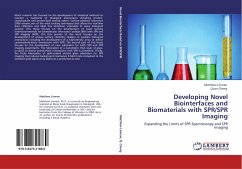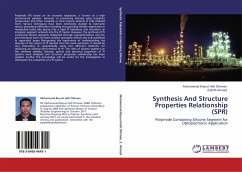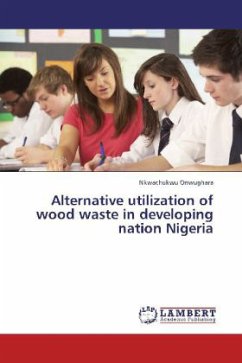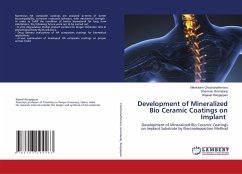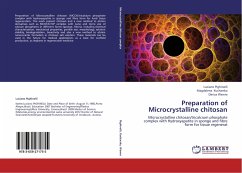Much research has focused on the development of analytical methods to monitor a multitude of biological interactions including protein-carbohydrate and protein-lipid among others. Surface plasmon resonance (SPR) remains one of the most exciting techniques that allows for real-time data collection and label free detection amenable to many biological systems. This thesis focuses on the development of novel sensing interfaces/materials for biomolecular interaction analysis (BIA) with SPR and SPR imaging (SPRi). The first portion of this work focuses on the development of unique surface chemistry designs to examine biological interactions including the development of a high-density array to detect carbohydrate-lectin interactions with SPRi. The second part of this thesis focuses on the development of new substrates for both SPR and SPR imaging experiments. The fabrication of a nanometric thick layer of glass-on-gold to detect protein-lipid interactions with SPR is presented. Finally,the facile fabrication of gold-coated etched glass substrates for SPR imaging that reduces background resonance 5-fold in situ compared to the standard gold island array platform is presented as well.

